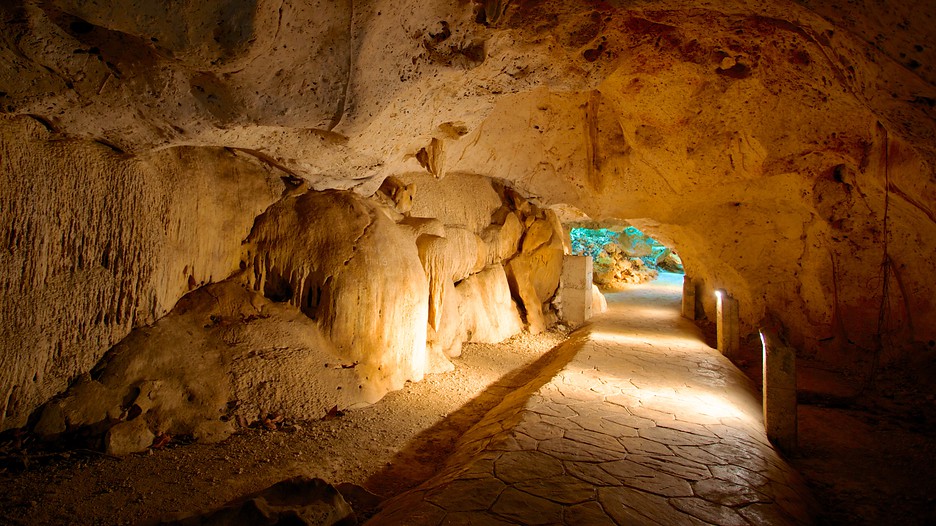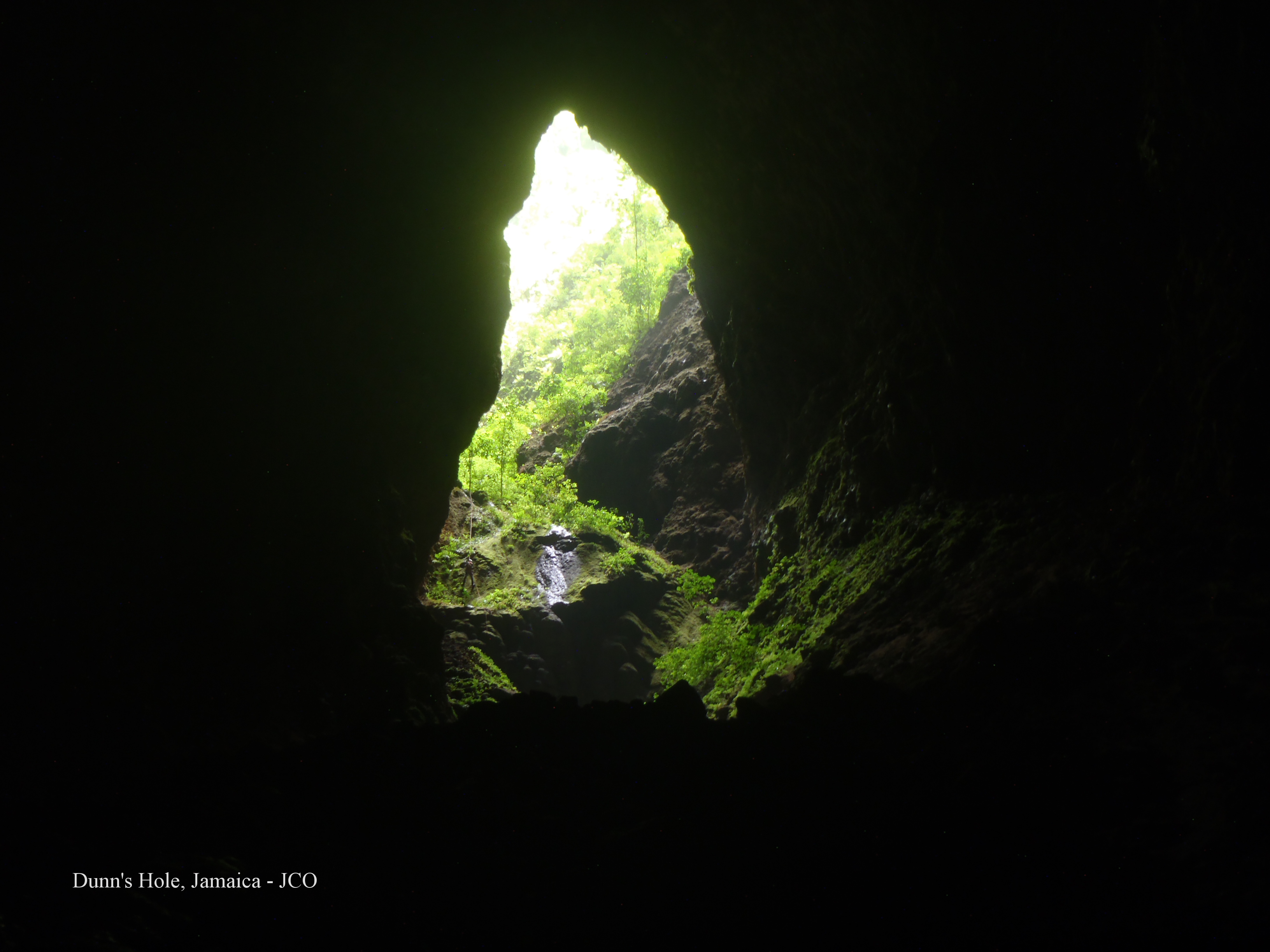
Caves play important roles in Jamaica’s history of liberation. Enslaved persons hid in caves to escape slavery and find passage to freedom. Among the more famous of these are the Green Grotto Caves in St. Ann, also known as Runaway Caves, a common attraction for visitors to the country.
About two decades ago, I visited a cave near Duncans Bay in Trelawny where it is believed enslaved persons hid William Knibb, the British Baptist missionary. This was during the bloodthirsty vengeance by white planters in the wake of the Sam Sharpe Rebellion, referred to by some as The Baptist War, which occurred from December 1831 to May 1832. Knibb, it is alleged, was moved from location to location in secret, and this was one.
Baptists, including the missionaries, were implicated in the widespread disturbances and thus hundreds of Baptist churches, mission houses and other properties were destroyed. More than 500 enslaved persons, including Sam Sharpe, a Baptist leader, were executed.
There was a water well in the cave in Duncans Bay, as well as what looked like one or two altars. There were what could have been tombs. This suggested the cave was more than just a hideaway location. I could not help being incensed when I learned that, a few years before my visit to the cave, some students from a university in Florida in the United States had been to the cave, dug up human remains, and transported them out of the country. Remembering it even now makes me livid. If true, they did it with impunity, without respect or regard for the laws of the country or respect for the country’s heritage. As a Baptist Christian, I was disturbed, for these could possibly be the remains of my forebears in the faith who sacrificed much for that faith as enslaved human beings.
My reaction may be similar to that felt by B. Pullen-Burry in his 1905 book, Ethiopia in Exile: Jamaica Revisited:
It was with feelings of irritation that I learnt not long since, from the curator of the Jamaica Institute, that a famous German professor, Dr. Bastian, of Berlin, had just collected in this island a splendid lot of Indian pottery and implements, in addition to which he had himself discovered in the cave at Newmarket a complete sarcophagus, such as the aborigines used in the disposal of their dead, a nearly V-shaped earthenware jar, perforated at the bottom. In this the professor discovered the complete skeleton of an Indian woman…. [I]t is regrettable that another nation should carry off trophies of scientific interest which, rightly, should have found a place in our national museums.
Jamaica has many caves, but Jamaicans are, apparently, not enamored by them. Having grown up on the Mount Plenty property where my father was the “head man,” (essentially the farm manager), a location on the property I feared most was Cave Hill, so named because a cave was there. Getting me to pass the cave as a young child was a huge struggle, a reason why my father and brothers left me behind whenever they ventured beyond there. I pleaded to go, but dreaded passing the cave. I felt I would fall, pitch over, and roll down the hill into the mouth of the cavern.
The Handbook of Jamaica mentioned this cave that struck such deep fear in me. “There is also a very fine cave at Mount Plenty in St. Ann, which can be traversed for a distance of ten chains; it has two branches and the vaulted chambers are particularly fine. At some distance from the mouth it is illuminated by a sink hole from the top.”
Part of the fear I felt was for this sinkhole noted by the handbook. There were reports of persons entering the cave and failing to return, having, it is assumed, fallen into the sinkhole, lost forever.
The prevalence of caves is not surprising as Jamaica is rich in limestone formations. “Two thirds of the area of Jamaica are covered by cave riddled limestone,” says a Belgian caving enthusiast. “There are more than, 1,000 known caves. Many more waiting to be discovered.”
The Handbook of Jamaica picked up some of the information reported by B. Pullen-Burry:
Many cavern and sink holes of great size and grandeur, the chief of which is the beauty cave at the place called Cave Hall Pen, two miles east of Dry Harbour, near the main road. This cave is of great length and has two branches; the various apartments are designated grottoes, halls, domes and galleries; and the stalactites and stalagmites, formed by the dripping of calcareous water, glittering in the torch light, impart a magical effect to the scene.
In addition:
The Grand Cave at River Head in St. Thomas-in-the-Vale is a very remarkable place. The Rio Cobre, after sinking at Worthy Park, emerges from this cave. It is of great dimensions and in former years was a favorite resort for picnics; it is traversable, with the assistance of a raft to cross some deep water, for a distance of over a quarter of a mile, until the “floodgate” is reached where the water gushes from the rock.
The Handbook reported that “the cave at Mexico in St. Elizabeth is probably the longest in the island; it is nearly a mile from the One Eye Gulf to Mexico Gulf (the mouth of the cave). The One Eye or Black River passes through this cave.” This cave “has been explored for some distance in, but, in consequence of some deep bodies of water obstructing the passage, less is known of it than of the Rio Cobre Cave. A thorough exploration of this cave would be most interesting.”
Also mentioned is the Peru Cave in St. Elizabeth, which “is very beautiful, and the stalactites and stalagmites here show to great effect.” There is a cave from “which the Mouth River flows in the black grounds of the parish of Trelawny,” as well as another close by cave in Spring Garden in the same parish. “The cave at Portland, in Vere, is very fine and used … to be a great place for picnics.” There is, as well, “a remarkable cave and subterranean river at Epping Forest in the parish of Manchester.”
While the cave at Mexico in St. Elizabeth is probably the longest, the deepest cave is said to be Smokey Hole in Manchester.
A cave that I’m surprised not to see mentioned is Windsor Cave near Sherwood Content in Trelawny, Usain Bolt’s hometown. I first learned of this cave in 1987 upon spending the summer in Sherwood Content on church assignment. The “Windsor Great Cave is approximately 3 km long and parts of it are still subject to water flows during heavy rains,” notes the cockpitcountry.com website, “so it is still active and being carved out of the limestone hills by water flow.”
The Windsor Cave was of particular interest to naturists and conservationists, perhaps because of its bats. According to cockpitcountry.com, “Windsor Cave is an important roost for bats: a colony of at least 100,000 lives there and is responsible for the slippery ‘mud’ that covers the floor. This bat guano (dung) used to be mined from deep in the cave during the ’30’s but carrying it out on your head is no longer viable! Windsor Research Centre has initiated a research project on these bats.”
It was while living in Falmouth in Trelawny for some 14 years that I learned the value of bat waste. It is much sought after and very expensive, used for agricultural or horticultural purposes. Because of the feeding habits of bats, their waste contains far richer nutrients than most, the likely reason why the “slippery ‘mud’ that covers the floor” at Windsor was being mined in the 1930s.

There are also some major sinkholes in the country. One of the largest sinkholes is at Tingley’s in St. Ann. “This is a great arena of vertical rocks some three or four chains in diameter and of considerable depth, with large trees growing at the bottom,” the Handbook revealed. There is Hutchinson’s Hole, also in St. Ann, named after the 18th century serial killer, Lewis Hutchinson, a doctor from Scotland, who used the sinkhole to dispose of bodies.
“Many of the sinkholes and caves throughout the island have springs at the bottom, such as … at Hellshire; a sink hole near Fort Clarence opposite Port Royal; a cave near Salt River; one at Swansea in Lluidas Vale, &c.”
Some enthusiasts engage in cave exploration. The Jamaican Caves Organisation declared Jamaican caves as “very special places.” The Belgian enthusiast, mentioned earlier, said “since the caves are within ‘easy’ reach of the airports, Jamaica is ideal for a lightweight expedition.”
I find this very interesting. Thanks for sharing this food for thought.
With such water in the cave, how can the area be so dry. How about the land of wood and water. Let us also remember rockstone.